- Great Learning
- Free Courses
- It & Software
Earn a certificate & get recognized
Priority Queue in C++
Priority Queue in C++
2.3K+ learners enrolled so far
Stand out with an industry-recognized certificate
10,000+ certificates claimed, get yours today!
Get noticed by top recruiters
Share on professional channels
Globally recognised
Land your dream job

Skills you will gain
Priority queue
Key Highlights
Get free course content
Master in-demand skills & tools
Test your skills with quizzes
About this course
In this course, you will learn about the priority queue in C++. You will start this course by getting the basic idea about each data structure such as array,linked list,stack and queues. Then, moving ahead you will be knowing about the difference between queue and priority queue.Then we will jump to the concept of priority queue and will discuss its syntax with examples. Lastly, you will be knowing about the functions which are one of the components of the standard template library. Functions that will be used in priority queue are push,pop,top,size,empty. You will be getting an idea about each function in detail with coding implementation.
Explore our Software Engineering Courses today.
Course outline
Data Structures in C++
Queue vs Priority queue
Priority Queue
Standard Template Library
Get access to the complete curriculum once you enroll in the course
Stand out with an industry-recognized certificate
10,000+ certificates claimed, get yours today!
Get noticed by top recruiters
Share on professional channels
Globally recognised
Land your dream job

Priority Queue in C++

1.5 Hours
Beginner
2.3K+ learners enrolled so far
Get free course content
Master in-demand skills & tools
Test your skills with quizzes
Refer and earn
Get learning discounts up to $20
Learner reviews of the Free Courses
Frequently Asked Questions
Will I receive a certificate upon completing this free course?
Is this course free?
What is Priority Queue and its uses?
The Priority Queue is one such data structure that allows you to prioritize the event present in the queue. It enables you to complete the tasks based on the priority of the task. You can use the Priority Queue for keeping track of the unexplored routes. You can find Priority Queue implemented in operating Systems for process management. Heapsort is also implemented with the idea of the heap, which is nothing but the Priority Queue.
Why is the Priority Queue used?
Priority Queue is a data structure that is used for solving many real-time problems. Through the Priority Queue, you can keep track of the small to significant events which tend to change constantly. Hospitals can use it to sort out the patients in the waiting room based on the different injuries they are registered for and can be accordingly treated. While using the k-NN classifier using Priority Queue, you can keep track of the data and classify them based on priority.
What is the difference between Priority Queue and set?
There is not much difference between these two data structures. Both are containers for storing the desired data. Priority Queue allows you to access more significant elements while set allows sorting all the elements. Both of these data structures have their importance based on the requirement of the problem.
Is Priority Queue easy to learn?
If you have prior knowledge regarding coding and are familiar with the data structures, it becomes easier to learn Priority Queue. Especially if you know the programming languages like C and C++, it becomes less complex to implement.
Will I get a certificate after completing this C++ Priority Queue free course?
Yes, you will get a certificate of completion for C++ Priority Queue after completing all the modules and cracking the assessment. The assessment tests your knowledge of the subject and badges your skills.
How much does this C++ Priority Queue course cost?
It is an entirely free course from Great Learning Academy. Anyone interested in learning the basics of C++ Priority Queue can get started with this course.
Is there any limit on how many times I can take this free course?
Once you enroll in the C++ Priority Queue course, you have lifetime access to it. So, you can log in anytime and learn it for free online.
Can I sign up for multiple courses from Great Learning Academy at the same time?
Yes, you can enroll in as many courses as you want from Great Learning Academy. There is no limit to the number of courses you can enroll in at once, but since the courses offered by Great Learning Academy are free, we suggest you learn one by one to get the best out of the subject.
Why choose Great Learning Academy for this free C++ Priority Queue course?
Great Learning Academy provides this C++ Priority Queue course for free online. The course is self-paced and helps you understand various topics that fall under the subject with solved problems and demonstrated examples. The course is carefully designed, keeping in mind to cater to both beginners and professionals, and is delivered by subject experts.
Great Learning is a global ed-tech platform dedicated to developing competent professionals. Great Learning Academy is an initiative by Great Learning that offers in-demand free online courses to help people advance in their jobs. More than 5 million learners from 140 countries have benefited from Great Learning Academy's free online courses with certificates. It is a one-stop place for all of a learner's goals.
What are the steps to enroll in this C++ Priority Queue course?
Enrolling in any of the Great Learning Academy’s courses is just one step process. Sign-up for the course, you are interested in learning through your E-mail ID and start learning them for free online.
Will I have lifetime access to this free C++ Priority Queue course?
Yes, once you enroll in the course, you will have lifetime access, where you can log in and learn whenever you want to.
Become a Skilled Professional with Pro Courses
Gain work-ready skills with guided projects, top faculty and AI tools, all at an affordable price.


View Course

Included with Pro+ Subscription

View Course

Included with Pro+ Subscription
.jpg)
View Course

Included with Pro+ Subscription


View Course

Included with Pro+ Subscription


View Course

Included with Pro+ Subscription

View Course

Included with Pro+ Subscription

View Course

Included with Pro+ Subscription

View Course

Included with Pro+ Subscription

View Course

Included with Pro+ Subscription

View Course

Included with Pro+ Subscription

View Course

Included with Pro+ Subscription
.jpg)
View Course

Included with Pro+ Subscription

View Course

Included with Pro+ Subscription


View Course

Included with Pro+ Subscription




View Course

Included with Pro+ Subscription


View Course

Included with Pro+ Subscription
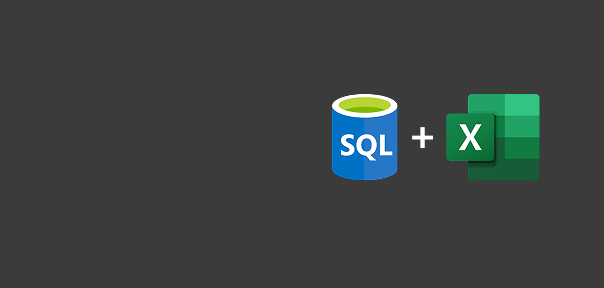

View Course

Included with Pro+ Subscription


View Course

Included with Pro+ Subscription


View Course

Included with Pro+ Subscription
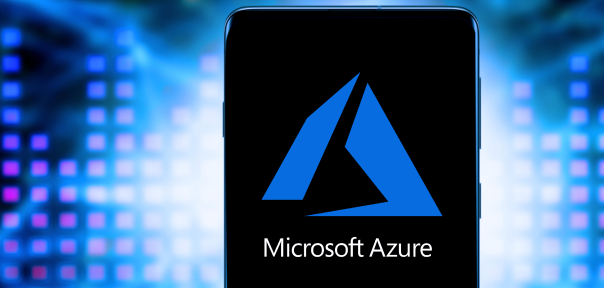

.jpg)
View Course

Included with Pro+ Subscription
.png)
View Course

Included with Pro+ Subscription

View Course

Included with Pro+ Subscription

View Course

Included with Pro+ Subscription

View Course

Included with Pro+ Subscription
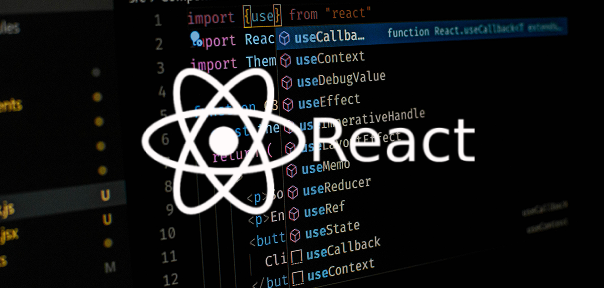
View Course

Included with Pro+ Subscription
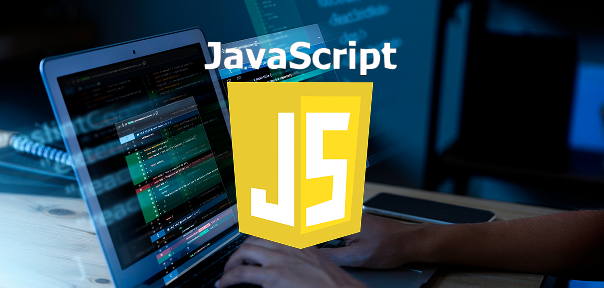
View Course

Included with Pro+ Subscription

View Course

Included with Pro+ Subscription
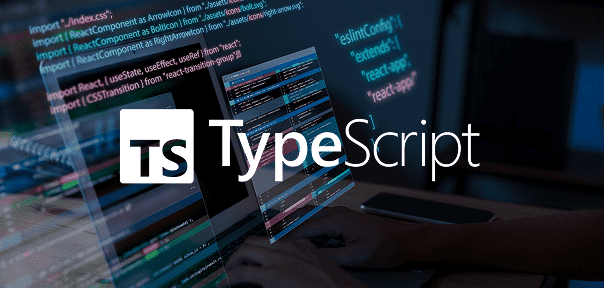
View Course

Included with Pro+ Subscription


View Course

Included with Pro+ Subscription

View Course

Included with Pro+ Subscription
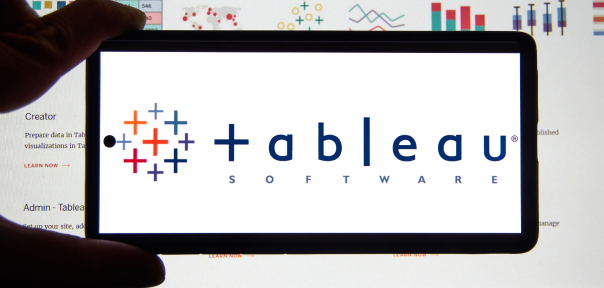
View Course

Included with Pro+ Subscription
.png)
View Course

Included with Pro+ Subscription

View Course

Included with Pro+ Subscription

View Course

Included with Pro+ Subscription

View Course

Included with Pro+ Subscription

View Course

Included with Pro+ Subscription

View Course

Included with Pro+ Subscription
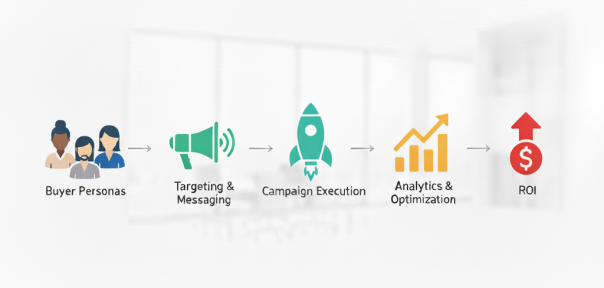
View Course

Included with Pro+ Subscription
.jpg)
View Course

Included with Pro+ Subscription
.jpg)
View Course

Included with Pro+ Subscription
.jpeg)
View Course

Included with Pro+ Subscription
.jpg)
View Course

Included with Pro+ Subscription
.png)
View Course

Included with Pro+ Subscription


View Course

Included with Pro+ Subscription


View Course

Included with Pro+ Subscription


View Course

Included with Pro+ Subscription
.png)
View Course

Included with Pro+ Subscription
.jpg)

.jpg)

.png)

View Course

Included with Pro+ Subscription
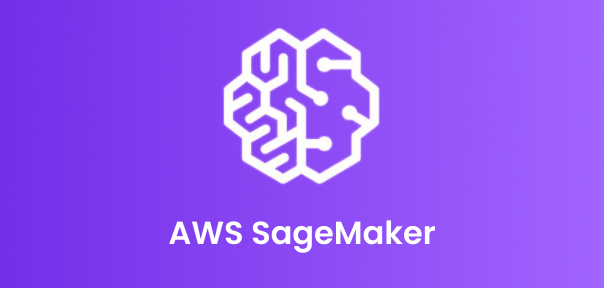

View Course

Included with Pro+ Subscription
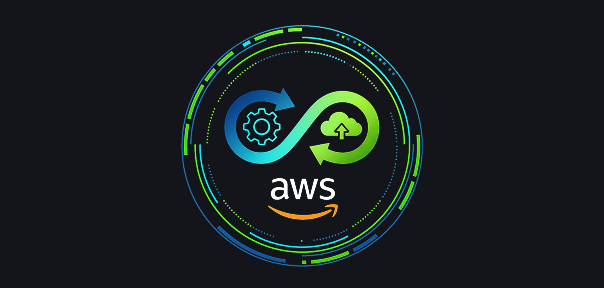
View Course

Included with Pro+ Subscription

View Course

Included with Pro+ Subscription

View Course

Included with Pro+ Subscription
.png)
View Course

Included with Pro+ Subscription
.png)
View Course

Included with Pro+ Subscription
.png)
View Course

Included with Pro+ Subscription
Popular


View Course

Included with Pro+ Subscription

View Course

Included with Pro+ Subscription
.jpg)
View Course

Included with Pro+ Subscription


View Course

Included with Pro+ Subscription


View Course

Included with Pro+ Subscription

View Course

Included with Pro+ Subscription

View Course

Included with Pro+ Subscription

View Course

Included with Pro+ Subscription
AI & Generative AI

View Course

Included with Pro+ Subscription

View Course

Included with Pro+ Subscription

View Course

Included with Pro+ Subscription
.jpg)
View Course

Included with Pro+ Subscription

View Course

Included with Pro+ Subscription


View Course

Included with Pro+ Subscription


Microsoft Courses


View Course

Included with Pro+ Subscription


View Course

Included with Pro+ Subscription


View Course

Included with Pro+ Subscription


View Course

Included with Pro+ Subscription


View Course

Included with Pro+ Subscription


IT & Software
.jpg)
View Course

Included with Pro+ Subscription
.png)
View Course

Included with Pro+ Subscription

View Course

Included with Pro+ Subscription

View Course

Included with Pro+ Subscription

View Course

Included with Pro+ Subscription

View Course

Included with Pro+ Subscription

View Course

Included with Pro+ Subscription

View Course

Included with Pro+ Subscription

View Course

Included with Pro+ Subscription
.png)
View Course

Included with Pro+ Subscription
.png)
View Course

Included with Pro+ Subscription

View Course

Included with Pro+ Subscription

View Course

Included with Pro+ Subscription

View Course

Included with Pro+ Subscription

View Course

Included with Pro+ Subscription

View Course

Included with Pro+ Subscription


View Course

Included with Pro+ Subscription

View Course

Included with Pro+ Subscription

View Course

Included with Pro+ Subscription


View Course

Included with Pro+ Subscription


View Course

Included with Pro+ Subscription
 (1).png)
View Course

Included with Pro+ Subscription
Data Science & ML


View Course

Included with Pro+ Subscription

View Course

Included with Pro+ Subscription

View Course

Included with Pro+ Subscription
.png)
View Course

Included with Pro+ Subscription

View Course

Included with Pro+ Subscription

View Course

Included with Pro+ Subscription
Management

View Course

Included with Pro+ Subscription

View Course

Included with Pro+ Subscription

View Course

Included with Pro+ Subscription

View Course

Included with Pro+ Subscription
.jpg)
View Course

Included with Pro+ Subscription
.jpg)
View Course

Included with Pro+ Subscription
.jpeg)
View Course

Included with Pro+ Subscription
.jpg)
View Course

Included with Pro+ Subscription
.png)
View Course

Included with Pro+ Subscription
.png)
View Course

Included with Pro+ Subscription
.png)
View Course

Included with Pro+ Subscription

View Course

Included with Pro+ Subscription
.png)
View Course

Included with Pro+ Subscription
.png)
View Course

Included with Pro+ Subscription
 (1).jpg)
View Course

Included with Pro+ Subscription
.png)
View Course

Included with Pro+ Subscription
Cloud Computing


View Course

Included with Pro+ Subscription


View Course

Included with Pro+ Subscription


View Course

Included with Pro+ Subscription
.png)
View Course

Included with Pro+ Subscription
.jpg)

.jpg)

.png)

View Course

Included with Pro+ Subscription


View Course

Included with Pro+ Subscription

View Course

Included with Pro+ Subscription
.png)



.png)

View Course

Included with Pro+ Subscription



Cyber Security

View Course

Included with Pro+ Subscription

View Course

Included with Pro+ Subscription
.png)
View Course

Included with Pro+ Subscription
.png)
View Course

Included with Pro+ Subscription
.png)
View Course

Included with Pro+ Subscription
Subscribe to Academy Pro+ & get exclusive features
$25/month
No credit card required

Learn from 40+ Pro courses

Access 500+ certificates for free
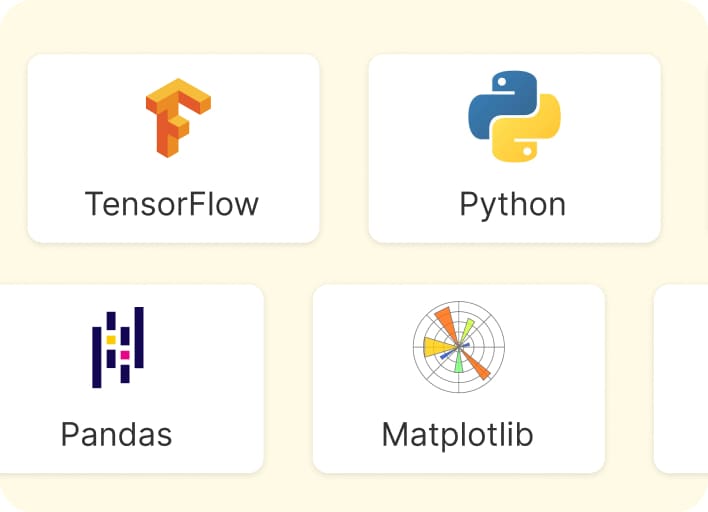
700+ Practice exercises & guided projects
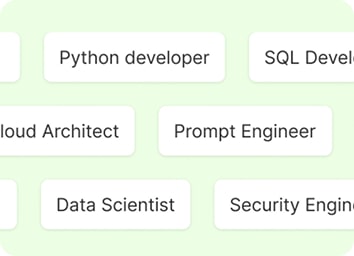
Prep with AI mock interviews & resume builder
Recommended Free C++ courses




Similar courses you might like
.jpg)



Relevant Career Paths >
Priority Queue in C++
Priority Queues are found to be similar to stack and regular queue data structures. It is considered an abstract data type. This Priority Queue prioritizes the elements in the queue to execute them based on the importance they carry. The elements with higher priority are executed first, and those with lower priorities are executed at the later stages. Some Priority Queue implementations remain undefined if any two elements are prioritized at the same level.
In some of the other implementations of the Priority Queue, like trees, if the same priority elements occur, they are executed based on the position they are placed at. Programmers often use heap sort most of the time to implement Priority Queues. There are other data structures like trees, sets, arrays, linked lists, and more through which we can achieve Priority Queue. You can also make use of an unordered array. There are operations like insert, delete, top, empty, which help you with the smoother function of the Priority Queue.
There is also an operation called peek that allows you to find the highest and lowest priority elements. This operation doesn’t modify the queue and is very frequently utilized by the developers. It also completes its operation in O(1)time which helps the tasks that require excellent performance improve their applications. You can also implement Priority Queue using stack. You will pull out the highest to lowest elements in the queue through the stack based on the priority. You can also clear, merge, or batch insert the elements in the queue with the help of stack data structure.
Even if you can implement Priority Queue with the help of these data structures, they are still different from it. Stack and queues differ from Priority Queue. Stack and queue are dependent on the ordering of the elements in it whereas, in Priority Queue the more importance is given to the element being added. Hence, it is intrinsic to the ordering of data. All the data structures complement each other and help in better implementation. They have their own importance and should be implemented with the right solution to the problem to get better performances.
The Priority Queue differs from the regular queue. In the regular queue, you will notice it is first-in-first-out where the importance falls on the ordering of the element. The Priority Queue is what values the importance of the element being added. The elements added to the Priority Queue are ordered based on priority. The elements with the highest priority get executed first, and the next highest priority elements fill in, and the process continues until the goal is reached. This mechanism can also be seen as an abstract data type that acts like a container that prioritizes its elements.
Most frequently, we see Heap sort is being used for implementing the Priority Queue. There are many applications of Priority Queue, which include:
-
Prim’s Algorithm : Priority Queue is used in Prim’s algorithm to store the nodes’ keys and extract the minimum key node at each step.
-
Heapsort : Heapsort is based on heaps which is an implementation of the Priority Queue.
-
Data Compression(Huffman Codes) : Priority Queue can be utilized in Huffman codes. This is used for compressing the data on priority.
-
Used in A* Search Algorithm of Artificial Intelligence : A* Search Algorithm is known for finding the shortest path between the two vertices of a graph. It utilizes a priority queue to prioritize the path between the defined vertices and find the shortest path. Priority Queue also allows you to keep track of the unexplored routes.
-
Operating Systems : Priority Queue holds an upper hand in the operating system as it helps handle process management, load balancing, interrupt handling, and more. In process management, Priority Queue plays a crucial role in prioritizing processes and executing accordingly.
-
Bandwidth Management : Priority Queues come in handy in networking as well. It allows you to prioritize the data packets based on their importance. This enables the network to make sure that these data packets reach their destination quicker.
You can picture Priority Queue as an extension of the regular queue where it holds an extra value called priority, and elements are processed based on their respective priority values. There are three crucial operations that you must be aware of:
-
ADD : The add operation in the Priority Queue allows you to add elements to the Priority Queue.
-
REMOVE : The remove operation in the Priority Queue allows you to eliminate the unwanted elements that are added to the queue.
-
PEEK : Peek is one of the most known operations in the Priority Queue, allowing you to get the highest priority element without deleting the node.
Characteristics of the Priority Queue include:
-
Every element in the Priority Queue is associated with these elements respectively.
-
In Priority Queue, the element with the highest priority is placed at the top and executed first.
-
If any two elements are on the same priority, then these elements are served with First-In-First-Out(FIFO) principle.
There are two types of Priority Queue:
-
Max-Priority Queue : The elements with maximum priority are placed at the top, and the elements with the lowest priority are placed at the end of the queue. For example, elements 1,6,4,9 are placed as 9,6,4,1 in the Priority Queue.
-
Min-Priority Queue : The elements with the lowest priority are put on the highest priority in the Priority Queue, and the highest priority elements are put at the end of the queue. For example, elements 11,23,42,10 are placed as 10,11,23,42 in the Priority Queue.
You can use Heapsort to implement the Priority Queue. Binary heap, which is also known as a binary tree, is used to implement Priority Queue. One significant rule here is that every node’s value must be greater than the values of its children node. It has the most diminutive possible height as it is a complete tree. You can implement Priority Queue using heapsort in the programming languages like C++, C, Java, and more.
You can better understand Priority Queue with its implementation using the C++ programming language by enrolling in the Priority Queue in C++ free course Great Learning offers. You will learn all the essential concepts along with the implementation of Priority Queue in C++ language, which is briefly explained. Enroll in this free course today and earn your certificate.







